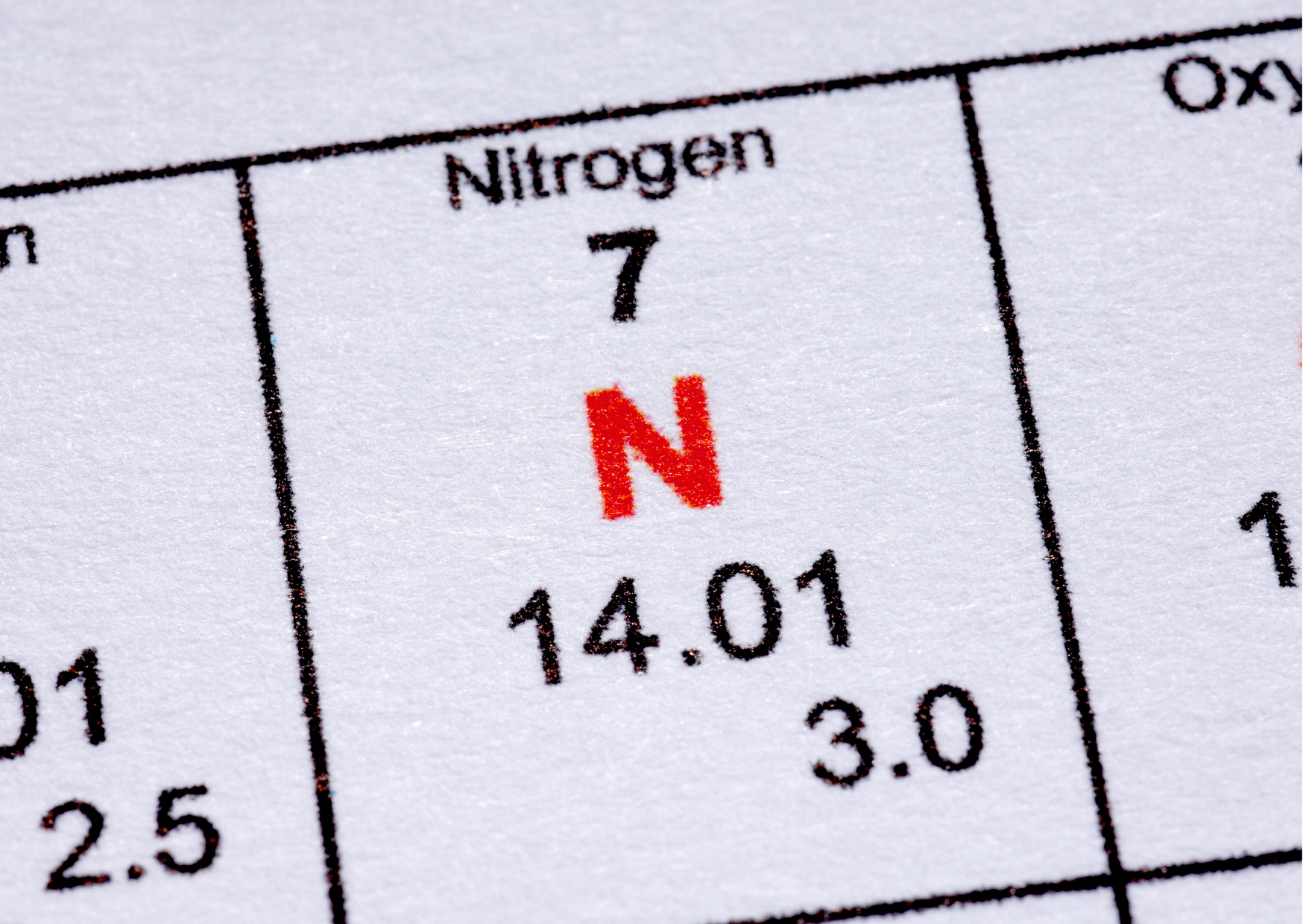Next working day delivery with Royal Mail Tracked 24
Waterlife: The Nitrogen Cycle Explained

The Nitrogen Cycle
The nitrogen cycle is a natural process which is responsible for the conversion and generation of different nitrogen compounds. Ammonia is a nitrogen compound, excreted by all fishes, and is extremely toxic to them.
High levels of ammonia are a consequence of poor filtration and over overstocking and/or overfeeding. Ammonia is converted to nitrate by filtration bacteria.
Using a product like Waterlife Bacterlife (for aquariums) or Bacterlife P (for ponds) will help keep levels safe.
Ammonia and Nitrite testing
These toxins are produced by fish as waste and also by rotting organic matter in your pond or aquarium. The only good ammonia or nitrite reading is zero. If you obtain any reading above zero you must:
- Examine your pond or aquarium for fish corpses, uneaten food and decaying vegetation and remove when seen.
- Check your filtration is working efficiently and that your pond or aquarium is not overstocked.
- Stop feeding, as this will only exacerbate the problem. Resume feeding when the readings are back down to zero (usually within a few days).
- Carry out a partial water change using tap water and a dechlorinator product to neutralize chlorine, chloramines and other toxins in tap water, all of which can have a harmful effect on the fishes.
- Add a nitrifying bacteria product daily until nitrite readings fall.
Note: Before testing for ammonia or nitrite, allow a few hours to elapse after feeding otherwise you may obtain a false reading.
Nitrate Testing
Nitrites are oxidized by nitrifying bacteria into less toxic nitrates which are absorbed by plants as food. However, it should be noted that high nitrates are a major contributor to algal growth, poor fish coloration, lethargy and a failure to breed. Therefore nitrate levels as monitored by a Waterlife test kit are an indication of when a partial water change is necessary.
To browse our range of test kits for aquariums please click here.
To browse our range of test kits for ponds please click here.
Source: Waterlife Guides
Photo credit(s): Waterlife / Canva Pro Licence






